Space 10cm apart, in rows 30cm apart.
Soil Preparation
Dig plenty of well-rotted farmyard manure or garden compost into the ground, well ahead of planting time. Remove all stones from the soil. Onion roots are very fragile and can grow very deep. Work the soil to a depth of at least 30cm, making it fine and crumbly. The onion roots will then easily be able to grow down a long way. Level the soil off and firm it down.
Make sure the onion patch is completely weed free on the day of planting. Pulling out weeds once the seedlings are planted will disturb the roots.
Harden the plants off by putting the pot outside during the day and bringing it in at night for a week. This will help to get the onion seedlings acclimatised to the conditions outdoors. Don’t worry if there are brown tips on the seedling leaves, the onion plants will grow away from these.
Plant Out
The night before planting out, water the prepared soil and the pot of onions.
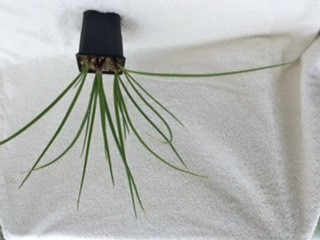
Take the onion seedlings out of the pot by placing a hand over the plants and tipping the pot upside down. The soil ball will fall out of the pot into your hand.
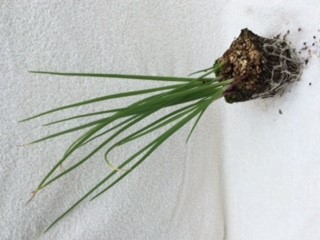
Gently tease a single plant out, being careful not to damage the roots.
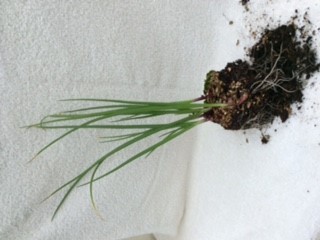
Make a hole in the ground that is the depth of the pot. Place the plant in the hole so that the roots drop down to the base of the hole. Gently push the soil around the roots so they make good contact with the soil. Hold the leaves to keep the plant vertical whilst firming the soil down.
Water
When all the plants are in, water them well. Keep the soil damp for a week or so, until the plants look well established.
Once the onions are growing well water when the soil dries out but do not overwater or the soil will become waterlogged. Stop watering in midsummer when the onion bulb starts to swell.
Weeds
Pull weeds out as soon as they appear. The young weeds will only have tiny roots so the onion roots should not be disturbed. It is better for the onions if the weeds are pulled out when the soil is damp.
Hoeing between the rows, cuts the weeds off at the surface, which avoids upsetting the onion roots.
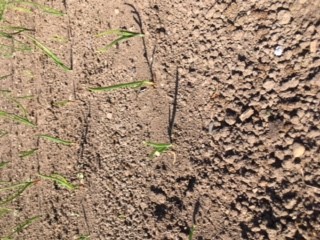
Feed the onions three weeks after planting with a general liquid fertiliser, and then again three weeks later. Do not feed them once the bulb has started to swell.
Harvest onions two weeks after the leaves start to go yellow and bend over.
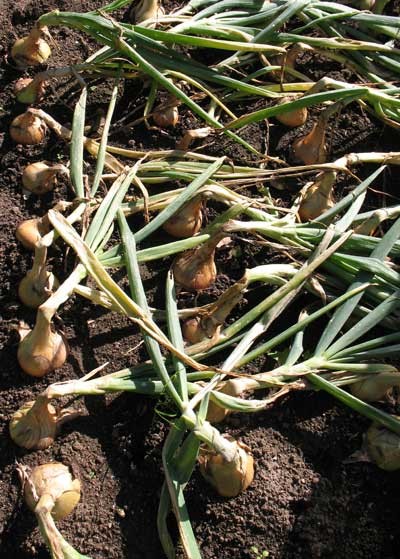
Then, on a dry day, gently pull the onions out of the ground and leave them on the surface to dry.
If rain threatens, or when the leaves have dried out, move the onions in to a dry airy shed to ripen. Do not remove the leaves. Handle the onions carefully to avoid any damage. Leave the onions in a single layer so the air can move round them; wooden potato trays or wire baskets are ideal for this.
Storage
The onions will be ready to store when the skin has become dry and shiny. Cut the leaves off leaving 5cm of leaf above the onion bulb.
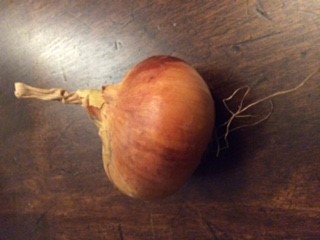
Do not store damaged onions as they will rot. Damaged ones can be eaten first, before they have a chance to deteriorate.
Store undamaged onions in a light, cool, well-ventilated place. (They will start to grow in the dark.) Store them in a single layer, lifted slightly off the ground. Wooden potato trays or wire baskets are perfect containers.
Ripe onions will keep for several months in the right conditions.
Mon - Fri 8:00am - 5:00pm
Sat & Sun 9:00am - 5:00pm
Any questions? Email us or give us a call on 01904 400092.